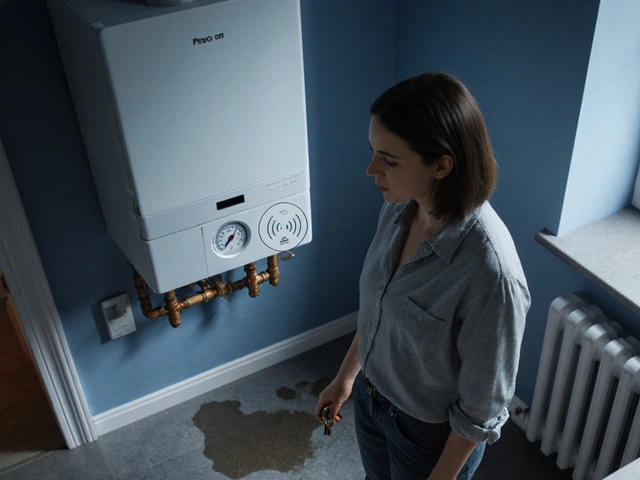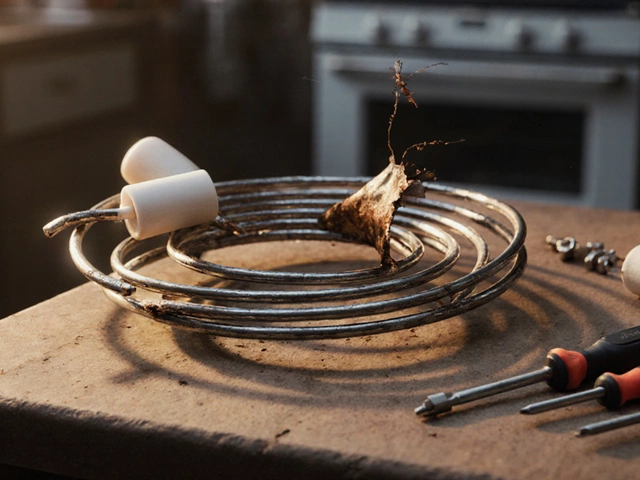Replace Fridge: When to Repair, When to Replace
When thinking about replace fridge, deciding whether to fix a broken refrigerator or swap it for a new unit, also known as fridge replacement, you need a clear picture of the problem, the cost, and the long‑term impact on your home.
One of the first steps is to understand the common fridge failures, issues like a faulty compressor, thermostat problems, or a leaky door seal. Knowing these failures helps you gauge if the fault is a quick fix or a sign of a dying appliance. For example, a broken compressor often means a costly repair that outweighs the price of a new, energy‑efficient model. In contrast, a worn door gasket is cheap to replace and can extend the life of your fridge by months. By matching the failure type to repair costs, you can make a data‑driven decision about replacement.
Key Parts and Their Role in the Decision
Every refrigerator is built around a few core refrigerator parts, the compressor, evaporator coil, thermostat and door seal. The condition of these parts dictates the overall health of the unit. A healthy compressor paired with a failing thermostat usually means a simple part swap, while a compressor that’s lost its efficiency may signal the end of the appliance’s useful life. Understanding the lifespan of each component—typically 5‑10 years for compressors, 2‑3 years for seals—lets you estimate future repair needs and compare them against the price of a new fridge.
Professional appliance repair, service that diagnoses, fixes, and maintains home appliances can also tip the scales. A qualified technician can quickly identify if a problem is isolated or systemic, give you a realistic repair quote, and advise on maintenance steps that could prevent early replacement. Their expertise often saves you from costly DIY errors and ensures any fix complies with safety standards. Moreover, many repair services offer warranties on parts and labor, adding extra value if you decide to keep your current fridge.
Energy efficiency is another hidden factor. Modern fridges use up to 40% less electricity than models from just a decade ago. If your current unit is an older, energy‑guzzling model, the annual savings on your electricity bill can quickly offset the purchase price of a new fridge. Running a high‑efficiency fridge also reduces your carbon footprint, which many homeowners consider when making replacement decisions. So, even if a repair looks cheap now, the long‑term cost of running an inefficient fridge might make replacement the smarter financial move.
Budget constraints often drive the final choice. A typical fridge repair ranges from £80 to £250, depending on the part and labor. In contrast, a new mid‑range refrigerator starts around £400 and can go up to £1,200 for premium features. To help you decide, use a simple rule of thumb: if the repair cost exceeds 50% of a comparable new unit, it’s usually better to replace. This guideline, combined with the age of the fridge and the frequency of past repairs, gives you a clear, objective framework.
Below you’ll find a curated collection of articles that dive deeper into each of these topics. Whether you’re troubleshooting a noisy compressor, learning how to check your thermostat, or comparing the latest energy‑saving models, the posts cover practical tips, cost breakdowns, and step‑by‑step guides to help you make the right call on when to replace fridge and when to call in a professional for repair.






